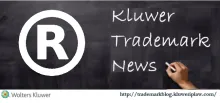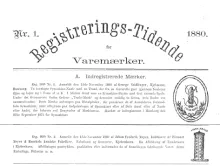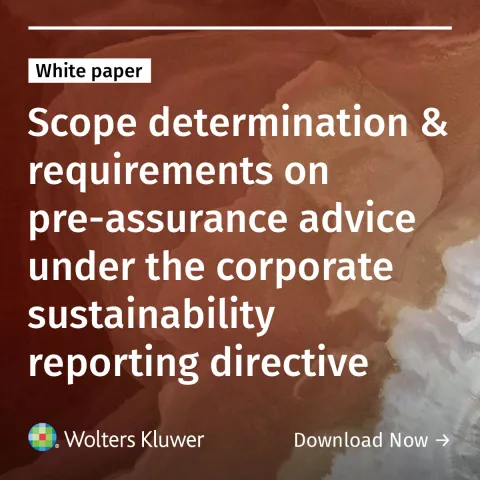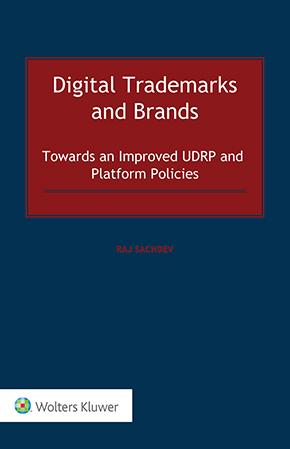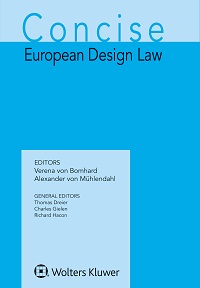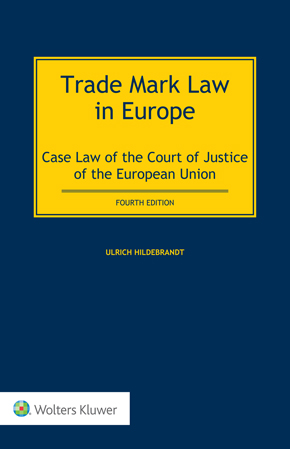The German Federal Patent Court on a word mark’s genuine use: When a monster is deprived of its claws
September 25, 2024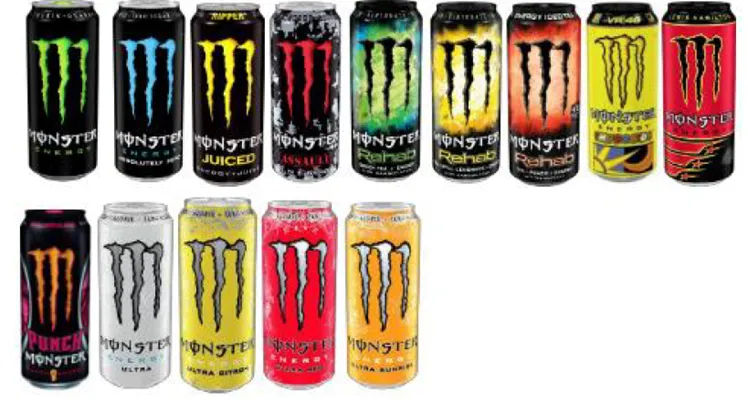
In its decision of 23 August 2024, the German Federal Patent Court ruled, inter alia, on the question whether a word mark is put into genuine use when it is used as part of a logo and displayed in a unique font (case no. 30 W (pat) 78/21).
What happened? The opponent invoked, inter alia, its word mark “MONSTER” registered as an EU trademark for a variety of non-alcoholic beverages in class 32 against protection in Germany of IR 1 352 854
Not only did the Federal Patent Court consider that the stylized representation of the word MONSTER on the cans was not (identical) use of the word mark as such, it even considered that the stylization altered the distinctive character of the word mark, concluding that the use as shown did not constitute use of the word mark at all:
a. First, the Federal Patent court deemed it likely that the public would perceive the claw-element
b. But even irrespective of the claw-element, the Federal Patent Court did not consider that use of the stylized word element
Even though it may be true that the particular font adds a layer of a unique characteristic to the logo, the Federal Patent Court’s conclusion, namely the alteration of the distinctive character of the word mark “MONSTER”, is firstly surprising and secondly raises questions as regards the nature and subject-matter of word marks.
The latter becomes apparent in the Court’s notion that, in general, a depiction of the mark in a different standard font would not have altered the mark’s distinctive character. This suggests that the Court perceives a word mark comparable with a complex mark, namely that the registered font forms part of the mark. If this were true, it would be unclear what differentiates the subject-matter of a word mark from a complex mark (e.g. a logo or a figurative mark consisting of a stylized word).
In addition to this rather dogmatic question, companies will face the challenge how to protect a word sign as such. Realistically, designations are most commonly embedded in graphical logos. If that does not constitute use of a word mark, probably 99% of all registered word marks are vulnerable to non-use cancellation – also because use of the word as a part of promotional text or within a domain name may not be considered to be trademark use. However, the mere fact that most word marks are used within a graphical logo cannot call into question that there is a legitimate interest in seeking protection for word marks as such, amongst others, to protect the often only pronounceable element of a logo. Considering these far-reaching consequences for word marks, fingers crossed that this decision will remain limited to its specifics so that this ‘monster’ is kept in its cage.
You may also like

